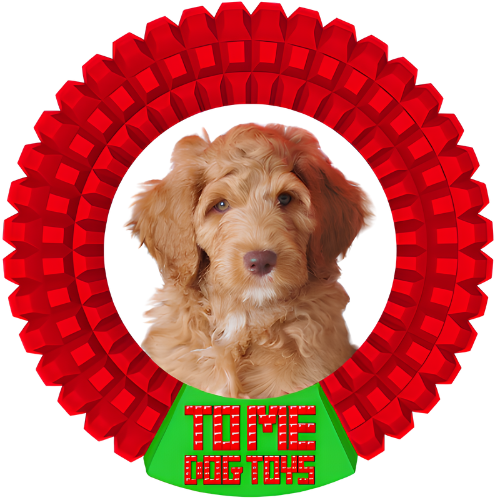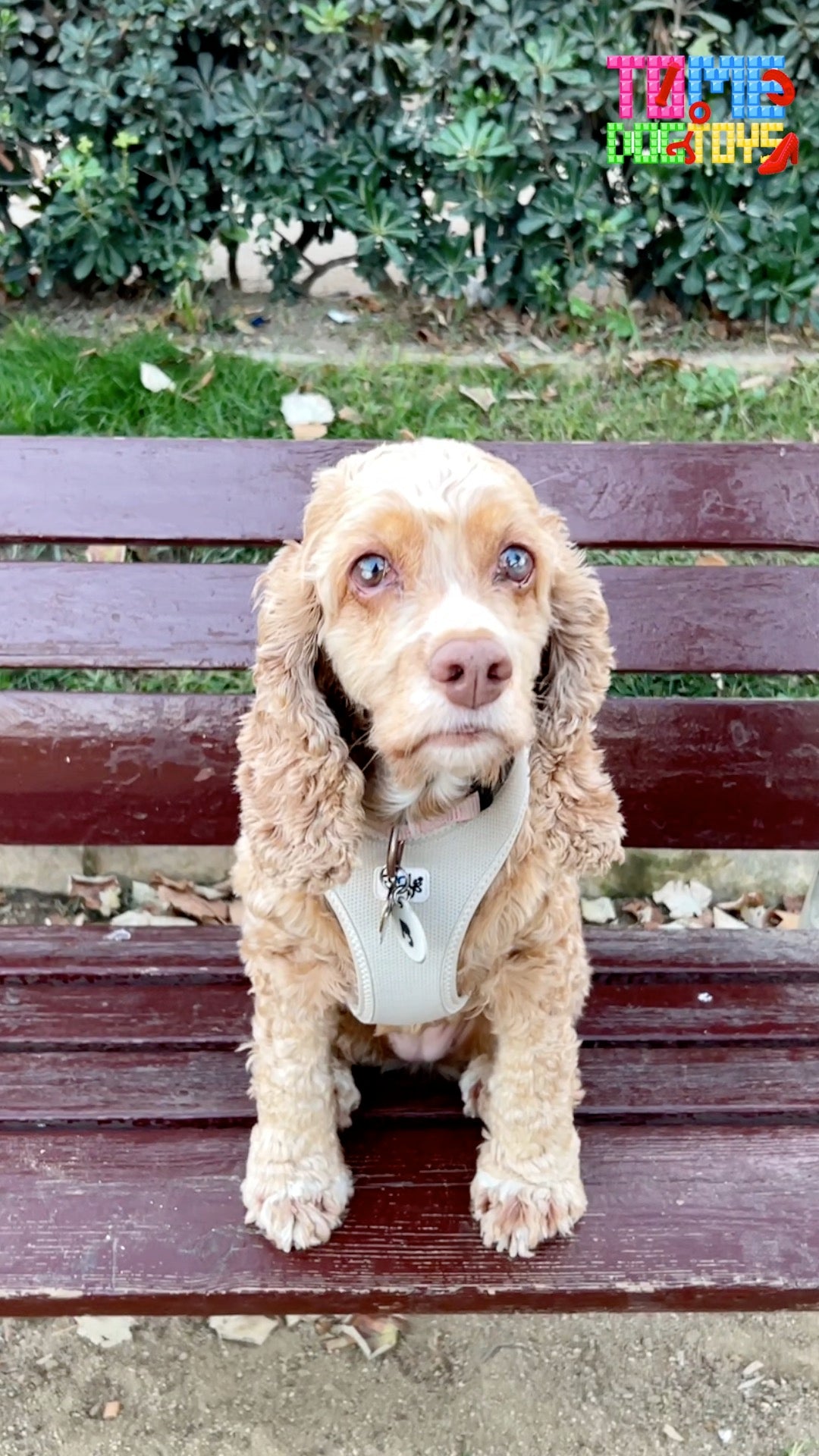Get ready to wear your dog trainer hat and teach your furry pal one of the most fundamental (and adorable!) commands - sit. Believe us, you're just a few munchy treats and moments of bonding away from watching your dog gracefully plop their little behind on the ground.
Before we get to the training part, you need to get the things in line you’ll be needing. First, you need treats, lots of them. Second, dog toys. Training dogs is like teaching a kid, it’ll be difficult but works wonders in the longer run. As for the toys, always choose high quality like the chewers from Tome Dog Toys.
But these toys aren’t just about keeping your pooch occupied. They're clandestine dental warriors, battling tartar and plaque to keep your dog’s pearly whites shining. Plus, for those with teething puppies, chew toys are indispensable. Just as a teething ring soothes a baby, these toys provide relief to young canines grappling with growing pains.
In training, chew toys are ace behavior reinforcers. When your dog understands that a session of obeying commands leads to chew time, they're more inclined to behave. Additionally, starting them young on chew toys sets clear boundaries about what's chewable and what's off-limits – a distinction that might save many a treasured belonging.
Make the Dog Standing
First, ensure your dog is standing. Got a scrumptious treat your dog would drool for? Perfect. Hold it close to their sniffing apparatus (that's fancy for their nose) and let them get a good whiff. This aroma will surely grab their attention!
Start The Training
Now, here's where the magic happens. Keep that treat near your dog’s nose and slowly move your hand in a gentle arc over their head. Watch in amusement as their eyes follow the treat, causing their head to tilt up and - voila! - that adorable behind will automatically touch down. It's like a game of doggy yoga, and the sitting position is their "downward dog".
Reward & Praise
The moment their bottom lands on the floor, it's celebration time! Shower them with a hearty "Good job!" or a cheerful "Well done!", and immediately let them feast on the treat. This not only gives them a tasty reward but also reinforces that sitting is a good behavior.
Rinse & Repeat
Practice is the name of the game. Have a few short sessions throughout the day to keep it fun and avoid overwhelming your pooch. The key is consistency, so stick to it, and your pup will soon be sitting like a pro.
Introducing the Cue Word
Notice your dog is getting better and sitting for longer? Excellent progress! Now, as they're about to sit, confidently and clearly say the cue word "sit". But here’s the catch – say it only as they’re moving into position, not before. This way, your doggo will associate the word with the action. It’s like teaching them a new word in "Doggo English".
Ending The Session
After your training session, let your dog know it’s chill time. Say a distinct cue, like “okay” or “all done”, signaling the end of their mini-workout. This helps them understand that training has come to a pause and they can now run, play or do whatever doggy things they love.
So there you have it, an engaging guide to transform you and your dog into a dynamic duo of training! Go on, have fun, and remember – bonding, consistency, and lots of love are the secrets to success.

